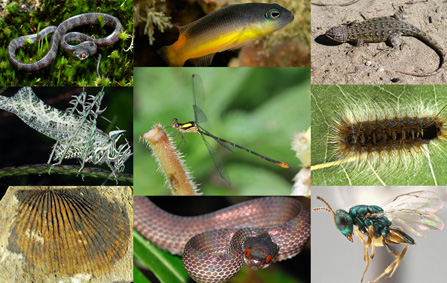Abstract
An updated classification and numbers of described genera and species (until 2010) are provided up to family level. We argue for conserving the family-group names Chlorocyphidae, Euphaeidae and Dicteriadidae, as well as retaining Epiophlebiidae in the suborder Anisozygoptera. Pseudostigmatidae and New World Protoneuridae are sunk in Coenagrionidae and Old World Protoneuridae in Platycnemididae. The families Amphipterygidae and Megapodagrionidae as traditionally recognized are not monophyletic, as may be the superfamily Calopterygoidea. The proposal to separate Chlorogomphidae, Cordulegastridae and Neopetaliidae from Libelluloidea in their own superfamily Cordulegastroidea is adopted. Macromiidae, Libellulidae and Synthemistidae and a restricted Corduliidae are accepted as families, but many genera of Libelluloidea are retained as incertae sedis at present. 5952 extant species in 652 genera have been described up to 2010. These are placed here in 30 families; recent proposals to separate additional families from Amphipterygidae and Megapodagrionidae have not yet been incorporated.

